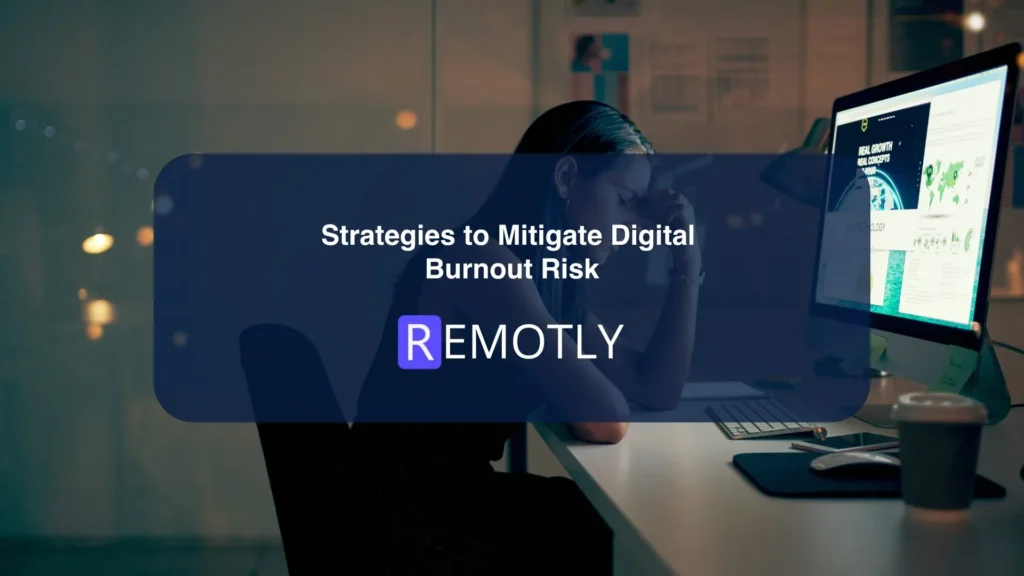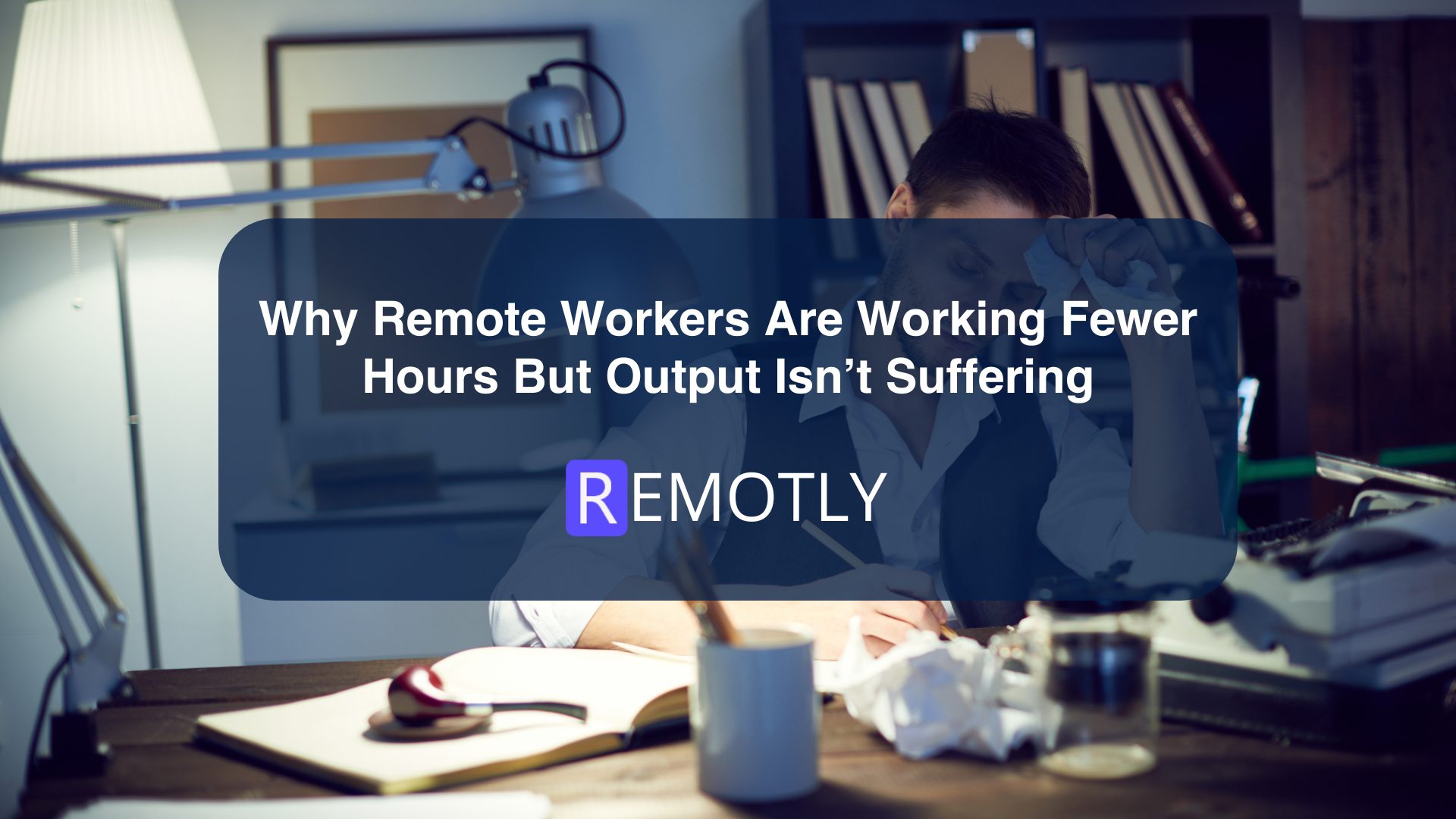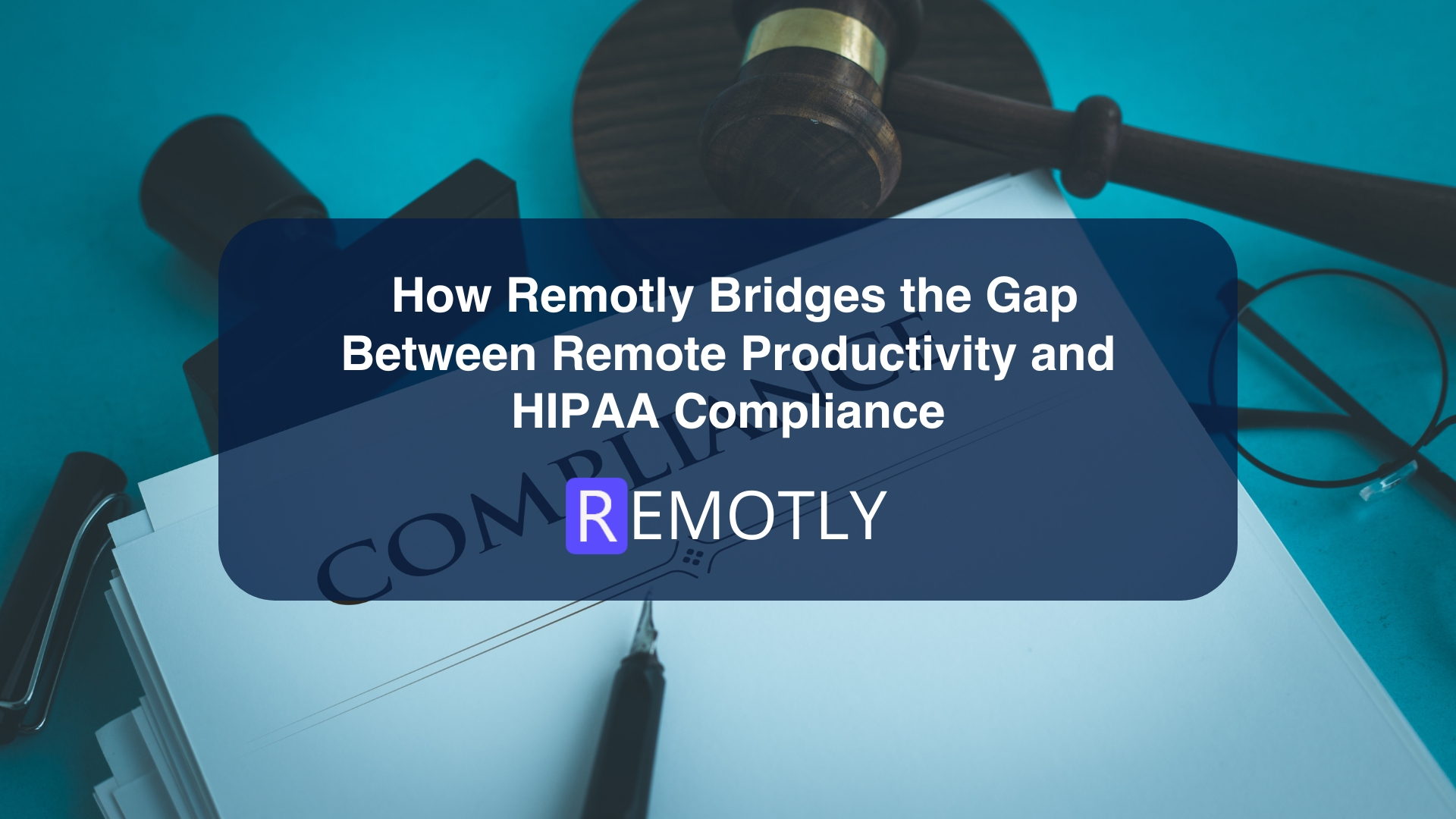In today’s digital age, our online behavior significantly impacts our well-being. Continuous connectivity may result in digital burnout. This is a growing concern for many.
Digital burnout is more than just feeling tired. It involves mental exhaustion and decreased productivity. Screen fatigue, a common symptom, can cause eye strain and headaches.
Understanding digital behavior and burnout risk is crucial. It helps us identify the triggers and take proactive measures. Recognizing this is the first step toward achieving digital wellness.
Digital overload is another challenge. The endless stream of information can overwhelm us. Setting boundaries and taking breaks are essential strategies.
This guide will explore effective ways to mitigate digital burnout risk. By adopting healthy digital habits, we can achieve a balanced digital life.
Understanding Digital Behavior and Burnout Risk
Digital behavior encompasses how we interact with our devices and online platforms. This behavior has a substantial impact on our health. As our dependency on technology grows, it becomes vital to understand this dynamic.
Burnout risk is heightened by prolonged exposure to screens and constant connectivity. This risk is not just about physical health; it affects mental well-being too. Recognizing these impacts can steer us toward preventive measures.
Consider these key elements of digital behavior:
- Frequency and duration of device use
- Types of online activities engaged
- Emotional responses to digital interactions
- Preferences for specific digital platforms
Excessive screen time can have psychological effects, often showing up as stress and anxiety. This may contribute to a sense of overwhelm, a hallmark of digital overload.
Understanding personal digital habits is crucial for identifying burnout triggers.
Moreover, digital behavior is not one-size-fits-all. It varies among individuals and is influenced by lifestyle and work needs. Customizing strategies to mitigate burnout should consider these unique habits. Adopting a personalized approach to digital wellness can make a significant difference.
The Impact of Screen Time and Digital Overload
The effects of screen time on our health are diverse and complex. Excessive exposure often results in both physical and mental fatigue. This impact is compounded by the constant influx of digital information.
Digital overload is when digital interactions become overwhelming. It disrupts focus and hampers productivity. Persistent notifications and endless content can quickly lead to burnout. This can be particularly challenging to manage in a tech-driven environment.
Consider how digital overload affects us:
- Eye strain and headaches
- Reduced concentration and memory
- Increased levels of stress and anxiety
- Disrupted sleep patterns due to blue light exposure
The saturation of digital content in our daily lives raises concerns about its long-term effects. Screen fatigue, a common symptom, further signals the need for intervention. Recognizing the importance of balance in digital consumption is critical. Prioritizing offline activities can help in maintaining digital wellness. By managing screen time wisely, we can protect both our mental and physical health.
Recognizing the Signs of Digital Burnout and Screen Fatigue
Digital burnout often creeps up gradually, making it vital to recognize its signs early. Awareness of the symptoms can help in taking proactive steps. Mental fatigue and a constant sense of overwhelm are clear signs of digital strain.
Screen fatigue manifests through various physical and mental symptoms. These include eye strain, headaches, and irritability. The inability to disengage mentally from screens is a common challenge.
Here are common signs to watch for:
- Frequent headaches or migraines
- Decrease in focus and productivity
- Feeling anxious or irritable
- Difficulty sleeping or feeling unrested
Recognizing these signs promptly can prevent more severe effects. By understanding the symptoms, you can begin to implement changes. This awareness forms the first step towards managing and reducing digital burnout risk effectively.
Effective Strategies to Reduce Burnout Risk
Reducing digital burnout starts with setting clear boundaries. It’s important to control how much time you spend online. Establish limits that work for you.
Taking regular breaks from screens is crucial. Taking these breaks helps alleviate eye strain and enhances concentration. Consider techniques like the Pomodoro Technique to structure your screen time effectively.
Implement these strategies to manage screen fatigue:
- Schedule regular screen-free intervals
- Use blue light filters to protect your eyes
- Adopt an ergonomic setup to reduce physical strain
Mindfulness practices can also aid in preventing burnout. They bring awareness to your digital habits, helping you make conscious choices. Engaging in mindful activities like meditation can enhance your digital wellness.
Offline activities serve as a vital counterbalance to digital life. By prioritizing hobbies and social interactions, you can achieve a healthier balance. These activities not only cut down on screen time but also enhance your real-life experiences.
Additionally, consider these practical strategies:
- Customize notifications to limit distractions
- Engage in physical exercises to combat the sedentary nature of digital behavior
- Explore digital detoxes to reset your habits by Gabriella Clare Marino (https://unsplash.com/@gabiontheroad)
Embracing these strategies can significantly decrease the risk of digital burnout. They empower you to take control of your digital behavior, leading to a healthier lifestyle.
Building Healthy Digital Habits for Long-Term Wellness
Establishing healthy digital habits is key to sustaining digital wellness. Maintaining these habits consistently can result in meaningful improvements. By adopting mindful digital practices, you can foster a more balanced lifestyle.
One approach is to integrate wellness into your daily routine. This includes setting aside time for offline activities and social interactions. Emphasize actions that replenish your energy and reduce stress.
Consider adopting these habits for long-term wellness:
- Reducing screen time before bedtime can enhance the quality of your sleep.
- Prioritize face-to-face communications over digital interactions
- Explore creative outlets to reduce digital consumption by Shubham Dhage (https://unsplash.com/@theshubhamdhage)
Incorporating these habits into your life helps to avoid digital overload. They ensure that technology serves as a tool, not a distraction. Long-term wellness can be attained through purposeful and consistent effort.
By focusing on lifestyle changes and personal growth, you can create a sustainable balance. This approach helps prevent digital burnout and supports overall well-being.
The Role of Employers and Digital Wellness Tools
Employers play a crucial role in promoting digital wellness in the workplace. They can implement policies that encourage healthy digital habits and reduce burnout. Supportive environments lead to more engaged and productive teams.
Digital wellness tools also contribute to managing screen time. These tools can monitor usage and suggest necessary breaks to reduce screen fatigue. They help employees develop a balanced digital routine.
Consider these strategies for promoting digital wellness:
- Provide training on managing digital behavior
- Encourage regular breaks during work hours
- Utilize digital wellness apps to track screen usage
Incorporating these strategies fosters a culture of wellness. It benefits both individuals and organizations, enhancing overall performance and satisfaction.
Conclusion: Embracing a Balanced Digital Life
In today’s constantly connected world, managing digital habits is crucial. Understanding the risk of digital burnout helps in creating a balanced lifestyle. Awareness and proactive strategies are key.
By incorporating healthy digital habits, we can enjoy the benefits of technology without the drawbacks. Strive for balance, prioritize wellness, and embrace a digital life that enhances, rather than drains, your well-being.




